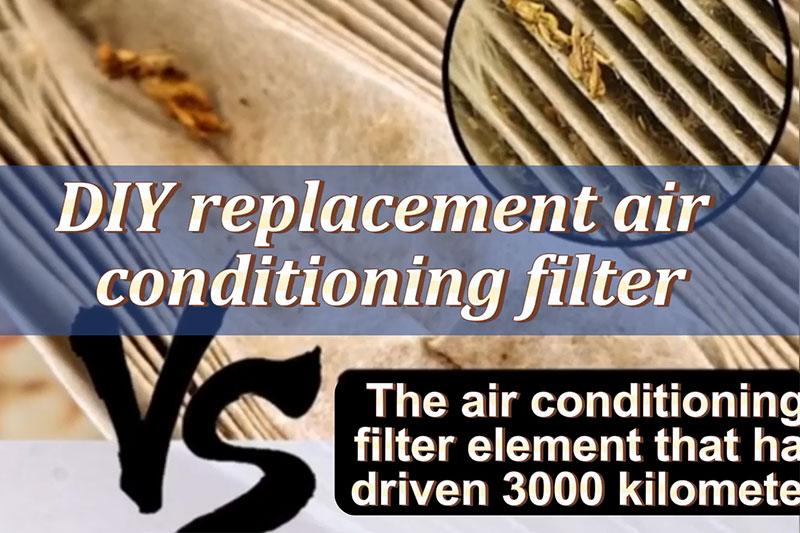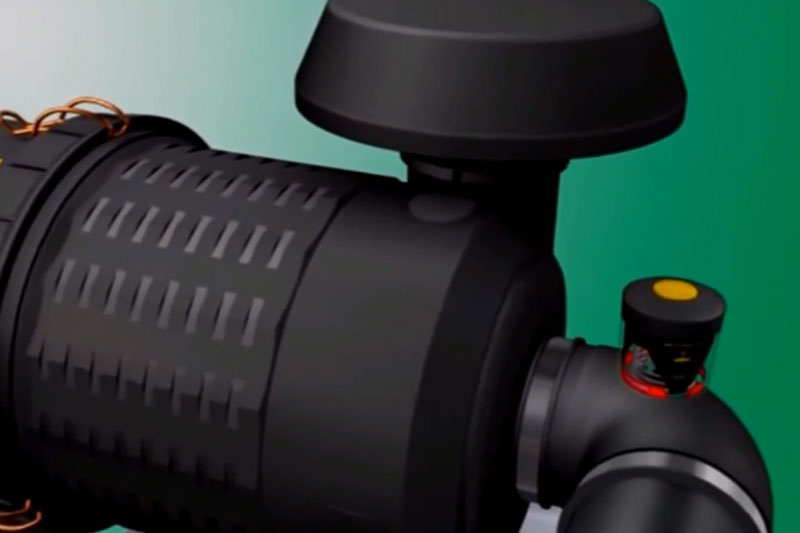Introduction to Air Filters
Introduction to Air Filters to protect the engine at all times in high pressure, high temperature, corrosive liquid and other harsh environment, the main role of the air filter element is to ensure the pure intake of the engine, the air filter element can efficiently filter the fine particles of the intake system, the filter element must be replaced regularly, otherwise it is easy to block the filter, the expiration of the filter element is easy to cause: Fuel consumption increases, car power weakens, exhaust emissions exceed standard, engine wear, so regularly replace high-quality air filter, high-quality air filter advantages, high dust capacity, high strength filter paper, wet environment without deformation, pleated filter paper filter area is larger, high-quality PU sealing material, the original car size to avoid air leakage, air filter element is very important
Send Inquiry
Product Description
Introduction to Air Filters
Air filters are essential components used in various applications to improve indoor air quality by removing contaminants and particulate matter from the air. They are designed to capture and trap airborne particles, such as dust, pollen, pet dander, mold spores, bacteria, and other allergens, thereby creating a cleaner and healthier environment.
Air filters are employed in numerous settings, including residential homes, commercial buildings, industrial facilities, automotive systems, and HVAC (Heating, Ventilation, and Air Conditioning) systems. They come in different types, sizes, and specifications to cater to specific filtration needs and applications.
The primary function of an air filter is to prevent pollutants from circulating in the air, which can have detrimental effects on human health and the performance of equipment. By capturing and containing particles, air filters help reduce respiratory irritants, minimize allergy triggers, and prevent the buildup of contaminants in sensitive systems.
Common types of air filters include:
Fiberglass Filters: These filters are made of layered fiberglass fibers that trap larger particles. They are typically inexpensive but offer limited filtration efficiency.
Pleated Filters: Pleated filters feature a folded design, increasing the surface area available for capturing particles. They are more efficient than fiberglass filters and are available in various filtration ratings.
HEPA Filters: High-Efficiency Particulate Air (HEPA) filters are among the most efficient filters available. They can capture particles as small as 0.3 microns with a high efficiency rate of 99.97%. HEPA filters are commonly used in medical facilities, cleanrooms, and environments where strict air quality standards are required.
Activated Carbon Filters: These filters are effective at removing odors, gases, and volatile organic compounds (VOCs) from the air. Activated carbon has a large surface area that adsorbs and traps these contaminants.
Electrostatic Filters: Electrostatic filters use electrostatic charges to attract and capture particles. They can be washable and reusable, reducing long-term costs.
When selecting an air filter, factors to consider include the level of filtration required, the specific contaminants targeted, the airflow capacity of the system, and the maintenance requirements of the filter. It's important to follow the manufacturer's guidelines regarding filter replacement intervals to maintain optimal filtration efficiency.
Regularly replacing or cleaning air filters is crucial to ensure their effectiveness. Clogged or dirty filters can restrict airflow, reduce system efficiency, and potentially lead to equipment damage or increased energy consumption.
In summary, air filters play a vital role in maintaining clean and healthy indoor air quality. They contribute to the comfort, well-being, and overall performance of residential, commercial, and industrial spaces by removing harmful particles and contaminants from the air we breathe.













